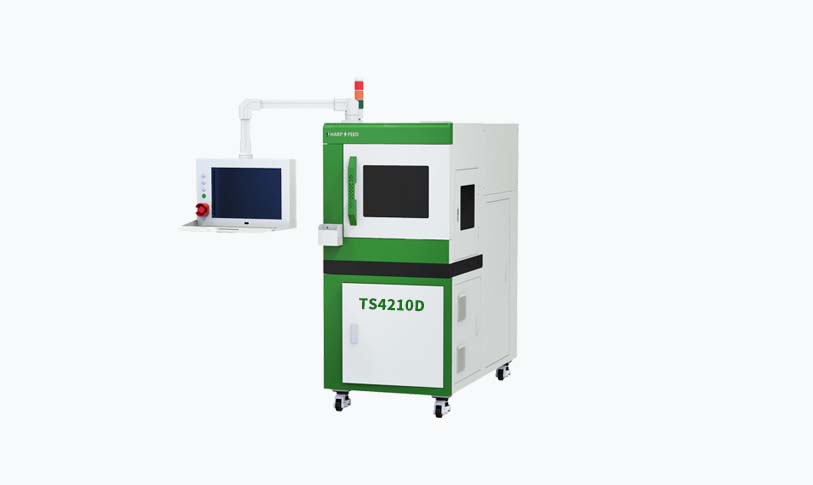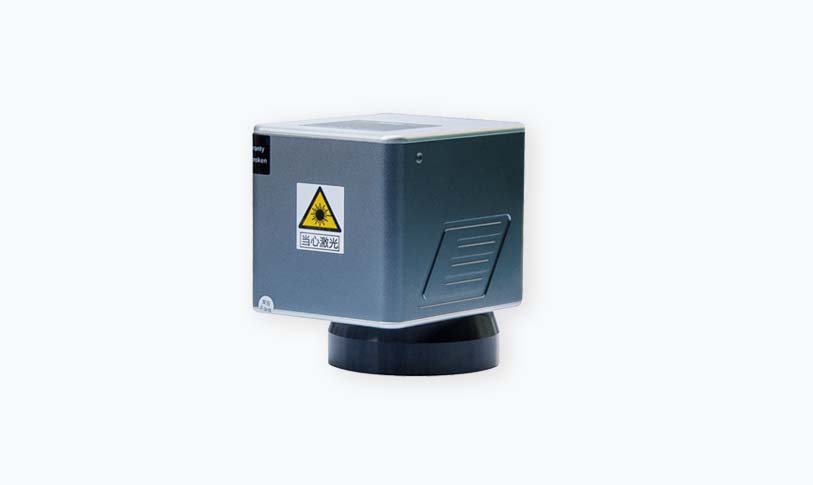[3d head scan]The Revolution of 3D Head Scans: Understanding the Technology and Its Applications
News 2025-6-18

The Revolution of 3D Head Scans: Understanding the Technology and Its Applications
What is a 3D Head Scan?
A 3D head scan is a process that captures the three-dimensional shape of an individual's head using advanced scanning technology. These scans provide detailed digital representations of an individual's facial features, allowing for a range of applications that were not previously possible.
Understanding the Technology
3D head scanning technology involves the use of specialized scanners that emit a laser or structured light to measure the surface of the head. These scanners capture millions of data points, which are then processed by computers to generate a 3D model of the head. The resulting model is highly detailed and accurate, capturing even the smallest features of the face.
Applications in Entertainment
The entertainment industry has been at the forefront of adopting 3D head scanning technology. One of the most prominent applications is in film and gaming, where actors' faces are scanned to create digital avatars that closely resemble their real-life counterparts. This technology has also been used in concerts and music events to create virtual performances and provide fans with a unique viewing experience.

The Revolution of 3D Head Scans: Understanding the Technology and Its Applications
The medical field has also embraced 3D head scanning technology. It is now used in areas such as dentistry, where it helps create accurate dental models for patients. Additionally, it has been used in surgical planning, allowing doctors to create precise models of patients' faces and bodies to plan complex procedures. Furthermore, this technology has also been used in facial reconstruction surgery, where it helps restore facial features after accidents or diseases.
Other Applications

The Revolution of 3D Head Scans: Understanding the Technology and Its Applications
Conclusion
Overall, 3D head scanning technology has revolutionized various industries and opened up exciting possibilities for the future. With the continued advancement of this technology, we are likely to see even more applications emerge in the coming years. As this technology becomes more widespread, it will continue to transform the way we interact with the world and provide us with new ways to understand and represent ourselves and others.